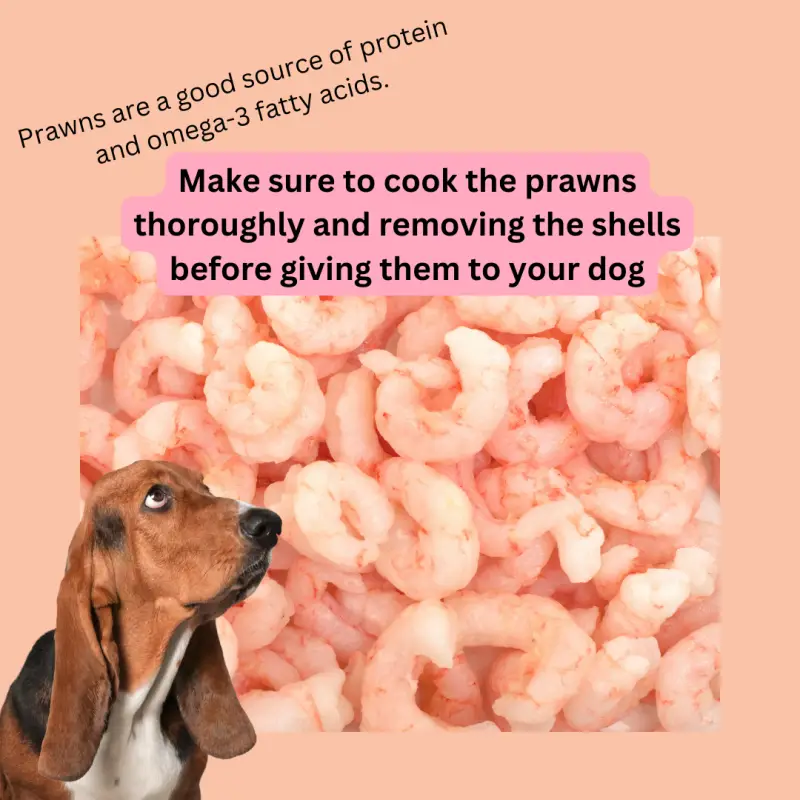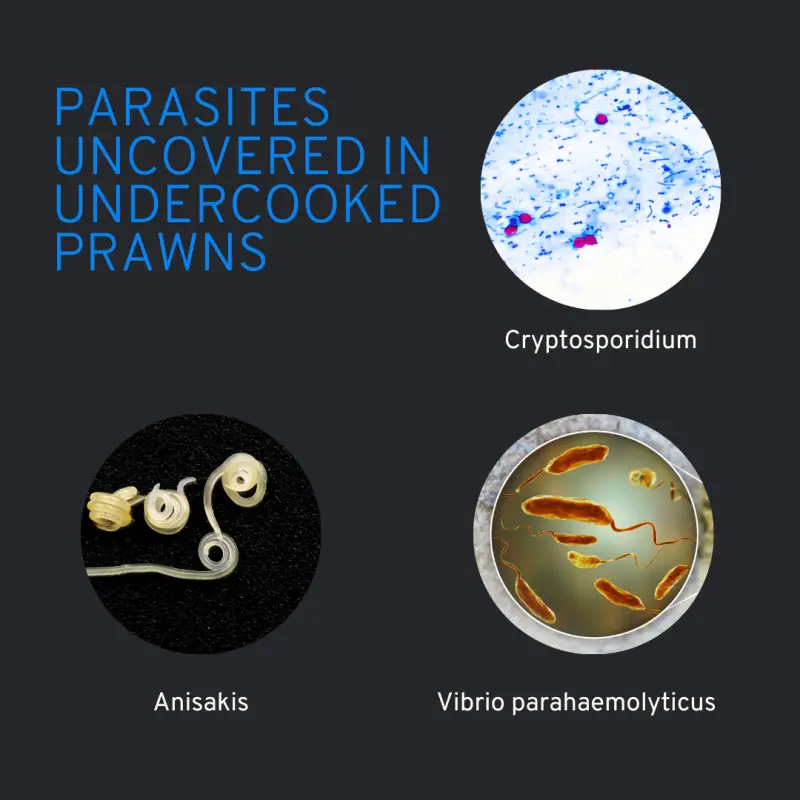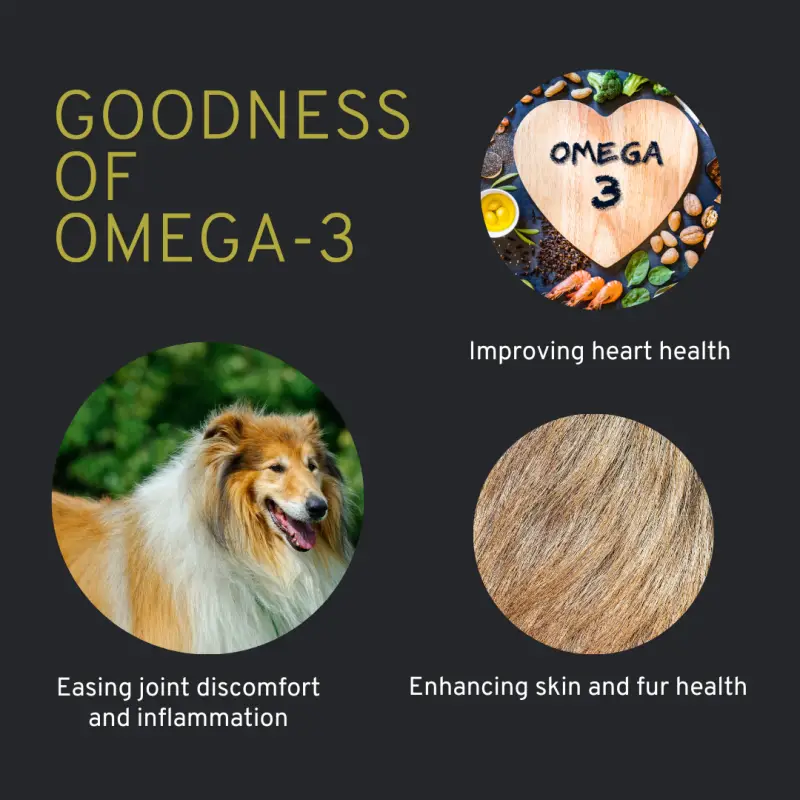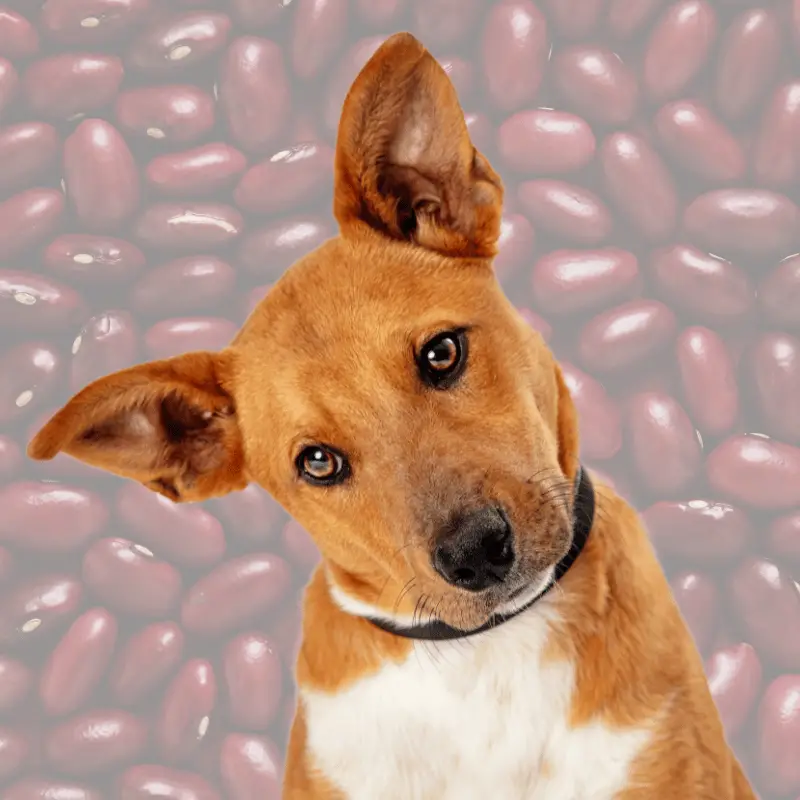Prawns are a popular seafood delicacy enjoyed by many humans. But can dogs eat prawns? As a pet owner, you may wonder whether this tasty treat is safe and healthy for your furry friend. In this article, we will explore the nutritional benefits of prawns for dogs, potential risks and concerns to keep in mind, and some tips on how to serve them safely. Read on to discover if prawns can make a delicious addition to your dog’s diet!
Indeed, you can feed your dog prawns in small amounts. Prawns have a lot of protein and omega-3 fatty acids, which are good for dogs. Make sure the prawns are cooked well and have no shells on them before you give them to your dog. When you give your dog a new food like prawns, start off with small amounts and watch to see if it makes your dog sick or gives them a runny tummy. Remember not to use spices or seasonings that could harm your dog.
Let’s now explain the best practices when giving your dog prawns.

Cook Prawns Thoroughly to Stay Safe and Enjoy the Best Taste
To ensure your safety and enjoy the best taste, it’s essential to cook prawns all the way through for our dogs. This way, we can kill harmful bacteria or parasites in the raw seafood. We can get sick with food poisoning if prawns are not cooked enough. That means feeling nauseous, throwing up, having diarrhoea, and stomach aches. Cooking prawns also makes them taste even better, softer and juicier.
Beware of Parasites: Can Dogs Eat Prawns Safely?
When it comes to dogs eating prawns, we need to be aware of potential parasites that could be present. Here are some parasites of concern:
- Anisakis: Anisakis is a roundworm found in marine fish, shellfish, and prawns. If dogs consume raw or undercooked prawns contaminated with Anisakis larvae, they can develop anisakiasis, a parasitic infection that may cause stomach pain, nausea, and vomiting.
- Hepatitis A: Although not a parasite, Hepatitis A is a viral infection that can be transmitted through contaminated shellfish, including prawns. If dogs eat prawns harvested from polluted waters, they could be exposed to the virus and develop a foodborne illness if they are raw or not cooked enough.
- Vibrio parahaemolyticus: Vibrio parahaemolyticus is a bacterium found in raw or undercooked seafood, including prawns. Dogs consuming contaminated prawns may experience diarrhoea, stomach pain, vomiting, and fever.
- Cryptosporidium: Cryptosporidium is a tiny parasite that can contaminate seafood, including prawns, if it comes into contact with contaminated water. Dogs eating raw or undercooked prawns with Cryptosporidium could develop gastrointestinal issues, such as diarrhoea.

It’s important to note that cooking prawns properly can effectively eliminate these parasites and bacteria. Ensure that prawns are boiled, grilled, or fried until they reach a safe internal temperature before offering them to your dog. Additionally, sourcing prawns from reputable suppliers and ensuring their freshness can help minimize the risk of contamination for your furry friend.
Does giving your dog medication for worms protect them from parasites in prawns?
Using worm medication for your dog can protect them from tapeworms, but it won’t keep them safe from other parasites that may be in prawns. To keep your dog healthy, cook prawns completely and not give your dog any raw or partially cooked seafood. It’s also important to clean up after your dog and practice good hygiene to prevent the spread of parasites from their waste. If you’re worried about parasites, talk to your veterinarian for advice on how to keep your pet protected.
Do parasites make prawns change colour?
Usually, parasites do not make prawns change colour. But, if prawns are not handled or stored properly, certain bacteria and fungi can make them look different or spoil them. To be safe, it’s important to buy and prepare seafood from trusted places and follow food safety rules to minimise the chance of contamination.
What are intestinal parasites?
Common intestinal parasites in dogs include tapeworms, roundworms, hookworms, whipworms, and giardia. Symptoms of parasite infestations may include diarrhoea, vomiting, weight loss or poor appetite, lethargy or weakness, and a pot-bellied appearance. Regular veterinary checkups and faecal exams can help detect and treat dog parasite infections.
How do you get rid of intestinal parasites in dogs?
Treatment for intestinal parasites in dogs varies depending on the type of parasite and the severity of the infestation. Your veterinarian may prescribe medication or recommend other treatments, such as dietary changes or environmental management, to help eliminate parasites from your dog’s system. It’s important to follow your veterinarian’s instructions closely and schedule any necessary follow-up appointments or testing to ensure the infection has been fully treated. Also, practising good hygiene and regularly cleaning up after your dog can help prevent future parasite infections.
The Benefits of Omega-3 Fatty Acids for Dogs

Omega-3 fatty acids can provide numerous health advantages for your dog, such as:
- Enhancing skin and fur health: Omega-3s can help decrease skin irritation, reducing the occurrence of itching, dryness, and flaking.
- Easing joint discomfort and inflammation: Omega-3s can aid in enhancing mobility and lessening the pain experienced in joints due to arthritis.
- Supporting brain functions: Omega-3s are crucial for a healthy brain and may boost your dog’s memory capacity, learning capabilities, and overall brain function.
- Strengthening the immune system: Omega-3s assist in the creation of white blood cells that combat infections, therefore maintaining a robust immune system in your dog.
- Improving heart health: Research has demonstrated that Omega-3s can help manage heart rhythms and lessen the chances of heart ailments in both humans and dogs.
Incorporating omega-3 fatty acids into your dog’s diet can offer multiple advantages and enhance their overall health and happiness.
Protein
Protein is essential to growing and repairing muscles, bones, and tissues. It also plays a vital role in producing enzymes, hormones, and other important molecules that help regulate physiological processes such as metabolism, immune function, and cell signalling. Additionally, protein provides energy to the body when carbohydrates are unavailable or energy demands are high. Therefore, consuming adequate amounts of protein is crucial for maintaining good health and preventing nutritional deficiencies.
Can dogs eat prawn toast?
Avoid feeding prawn toast to your dog, as it contains several extremely harmful ingredients, like garlic, onions, and salt. Moreover, the oils used for frying can be unhealthy for dogs. Feeding prawn toast to your furry friend can also result in illnesses.

Can dogs eat prawn crackers?
To ensure the well-being of your furry friend, it’s recommended to steer clear of offering prawn crackers to your dog. These treats offer no nutritional value and are usually fried in oil, which can lead to health issues such as obesity and pancreatitis for your canine companion.

23 Spices and Seasonings That Could Be Harmful to Your Dog
- Onion Powder
- Garlic Powder
- Chives
- Leeks
- Salt
- Nutmeg
- Cocoa Powder
- Chocolate
- Avocado
- Yeast Dough
- Coffee
- Alcohol
- Macadamia Nuts
- Grapes/Raisins
- Xylitol (Artificial Sweetener)
- Chilli Powder
- Turmeric
- Black Pepper
- Cloves
- Mustard Seeds
- Cinnamon
- Nutmeg
- Anise.
Remember, each dog’s reaction might be different, typically harmful in significant quantities. Some may cause mild digestive upset, while others can cause severe illness and death. Always consult a vet before introducing new foods into your dog’s diet.
Conclusion
In conclusion, dogs can eat prawns as long as they are cooked and served in moderation. Prawns contain beneficial nutrients such as omega-3 fatty acids and protein that can contribute to a dog’s overall health. However, it is crucial to avoid feeding them raw or spoiled prawns, which can cause serious health issues such as salmonella poisoning. Additionally, some dogs may be allergic to prawns, so it is best to introduce them gradually into their diet and monitor any adverse reactions. As with any new food introduced into your dog’s diet, always consult your veterinarian before making any significant changes.












